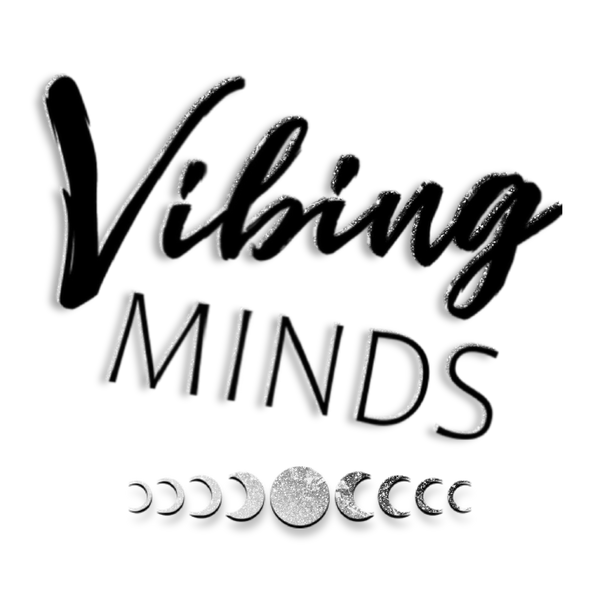Not only do people experience emotions differently, but they also experience them at varying intensities – and this marks only the beginning of the complexity behind our “feelings”.
Many argue that emotion is what makes us human. In a scientific sense, researchers are still discovering new things about our emotions even today. In terms of personal growth, we've begun to understand how we can interact with our emotional bodies to heal trauma, expand our awareness, and improve our health on mental and physical levels. The Merriam-Webster Dictionary provides a simple definition for emotion: “feelings”. However, the intricate entanglement of our emotions, behaviors, identity, and society itself is undeniable.
Basic Emotions vs. Complex Emotions
Experts have agreed on six basic behaviors: sadness, happiness, fear, anger, surprise, and disgust. Believe it or not, even sociopaths experience basic emotions because these are involuntary responses to internal and external stimuli. Each of them is associated with globally-recognized facial expressions. When we observe these visual cues in other people, our brains glean important information that helps us understand what is happening. Although some people can hide these emotions, we cannot prevent them from transpiring internally.
You can think of basic emotions as being like primary colors. They cannot be created from any combination of other colors (emotions). When two or more basic emotions occur simultaneously, they merge to form complex emotions, like regret, jealousy, and grief. For example, hate seems to stem from a trifecta of fear, anger, and disgust. In contrast to basic emotions, the physical manifestations of these ones vary widely across cultures and even individuals. Additionally, their existence requires thought, consideration, reflection, or engagement instead of being instantaneous.
The Anatomy of Emotion
The neuroscience and physiology behind our emotions are quite fascinating. It all starts in the part of our brain known as the “amygdala”, where internal and external sensory data is processed and given meaning. If the information is determined to be a threat, the amygdala alerts the hypothalamus, which generates a stress response and releases hormones like cortisol and adrenaline.
Another part of the brain that contributes to the development of emotions is called the “insular cortex”. It is believed to be involved in consciousness and produces empathy, compassion, self-awareness, perception, cognition, interpersonal experiences, taste, motor control, and awareness of “homeostatic emotions” (attention-demanding sensations triggered by internal bodily functions), such as hunger, pain, and fatigue. The hypothalamus, prefrontal lobe, periaqueductal gray, precuneus, and the limbic system also play critical roles in the brain’s symphony of emotion.
How Our Emotions Impact Who We Are
Our emotions cause our behaviors, and our behaviors influence our thoughts and personalities. For example, if something makes you feel happy, it can potentially become something you’re passionate about. Similarly, if you fear many things in life, you might dwell on these emotions until they produce anxiety.
While we cannot control our basic emotions, we can use methods, tools, and techniques to cope with them in healthy ways, which will eventually (with practice) steer our complex emotions. Mindfulness has proven to be effective for putting the space between ourselves and our emotions, buying us time to choose how we will react to them.

